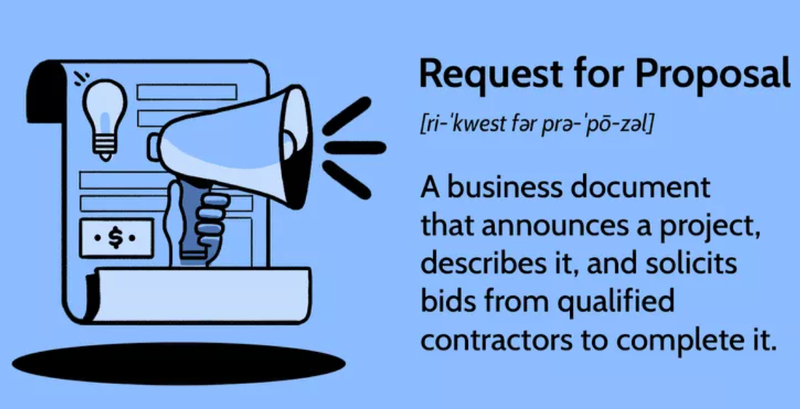
The start of the new year always brings a healthy exuberance for what's ahead. When it comes to retail and B2B websites, this enthusiasm is hindered by three questions that become difficult to answer...
- Where do we start?
- What is the primary focus?
- What do we invest in?
There is a strong desire to apply change, but due to the unknown, a business becomes paralysed in decision-making. Hence, the halt in exuberance and in the evolution of this channel.
These tips will provide you with the answers you need to reinvigorate your exuberance and set you on the right trajectory for 2024.
These tips have come from two sources...
- The culmination of the hundreds of questions I received from the business community throughout 2023.
- The approaches that prove to be working for businesses (business data showing performance increases).
The four top tips for 2024 are listed below...
Top Tip #1. Use data to define online retail performance issues:

First-party data is the key to defining issues with your eCommerce website. Having someone merely look at your website and produce a list of issues is laughable. Guessing or assessing websites without context is not the right way to drive change and repair underperforming channels.
Listening to your customers is in context:
The primary audience who should be telling you what's wrong with your digital retail journeys is people trying to engage and buy from you. Data is the only way to listen and understand what's wrong.
There are two types of data to look at...
- Behavioural data (see Google Analytics below).
- Qualitative data (this is the act of paying attention to your customers telling you what they like and dislike about you and the digital experiences you are providing).
When these two sources are combined, they provide an accurate array of insights into defining issues and solutions, as they comprise the interactions between you, your customers, and people who tried to engage but did not make a purchase.
2024 should be the year you construct a “Measurement Plan” to capture the correct first-party data to inform future decision-making.
With the introduction of GA4, there is a risk of Google Analytics becoming even more underutilised because of GA4’s new data-capture philosophies. It's more complex than GA Universal (thanks, Google).
GA4 requires more planning, investment, and implementation to track and turn numbers into actionable insights to drive iterative enhancements.
Before you start engaging with GA4 specialists, first document what behaviours you want to see and why you want to see them. The GA4 geeks are brilliant at capturing the information you want to see, but what you want to see and why you want to see it, is strategic and needs to come from the business.
Top Tip #2. Don’t add new stuff - nail the basics:
A common activity is to add new features and functions to an existing eCommerce Platform in the hopes it will fix current performance issues.
This is the worst possible approach.
99% of the time, digital retail experiences (UX Design) are not in alignment with how consumers want to engage.
The retailer has not configured the “Digital Salesperson” in a way that adds value to consumer information gathering and buying.
When a business introduces a new feature or function, it will also be out of alignment with customer-centric principles. In essence, these new technical additions compound the issue.
Only once you are confident the foundation journeys are being delivered to a high standard do you consider introducing new experiences.
For example, just because you have a Site Search Box does not mean it's providing people with great "site search experiences".
Top Tip #3. AI is a "thing" but recognise how it adds value:
The presence of AI in Retail and B2B is real and needs to be considered. But let's be clear, AI has been present and played a crucial role for a very long time. The only real difference lately is the “AI PR Machine” that has been activated in full force.

While one of the appealing features of AI is its “self-learning” capability, this self-learning needs to come from something: business data. AI's ability to learn does not magically appear from nothing.
Gaining value from AI requires connectivity to business systems to feed the correct data types into this system. And because many businesses lack the right standard of business data, there is a good chance AI may not produce perceived value.
AI is not the silver bullet:
The “AI Pundits” preach AI will solve the problems of producing personalised experiences. This is never the case. See comment above.
AI "low hanging fruit" - site search:
AI's influence in enriching site search experiences is real and happening right now. This is significant when considering over 43% of all online experiences incorporate a site search at one point of a person’s journey on your site.
Some eCommerce Platforms have sophisticated native site search capabilities with AI as well as third-party solutions. All should be considered.
Do not ignore AI, but at the same time, do not become caught up in the buzz and hype of it.
Top Tip #4. When selecting a new eCommerce Platform - know what YOU need:

You cannot have a constructive conversation with an eCommerce Agency if you do not have clarity around two things...
- What does your strategic eCommerce future look like
- How the online channel is to support and enable your eCommerce future
Answering these two questions gives you clarity on the needs and wants of your eCommerce website and the business systems that need to interact with it. This clarity enables you to flip the script and lead the conversation with eCommerce Agencies.
Secondly, by understanding your long-term needs, it helps unpack and define short-term needs which produces a highly potent Phase 1 Replatform scope of work, that will add immediate business value and produce ROI.
Not all eCommerce Platforms are created equal:
When you begin to assess eCommerce Platforms based on needs, you will quickly realise eCommerce Platforms and what they offer are different.
If you base your decision on build costs, license costs, and/or the strength of an eCommerce Platform brand, you risk making the wrong selection.
Do NOT start a selection process without knowing your own needs. Once you have this clarity, you control the narrative when engaging with eCommerce Platforms and eCommerce Agencies.
The ideal next step is to engage with an eCommerce Expert to create a Needs Document that defines what has been summarised above.
Conclusion - What is 2024 going to look like?
What 2024 is going to look like comes down to you and how you approach it. Decision-making paralysis in eCommerce correlates with stagnation in growth.
Many businesses operate within the realm of insanity, where they continue to do the same things and expect different outcomes from their eCommerce channel. Don't be that business.
Take some (or all) of the learnings above and start your eCommerce evolution.
This article was as tagged as AI eCommerce , Data Driven Decision Making , Digital Transformation , eCommerce Consulting